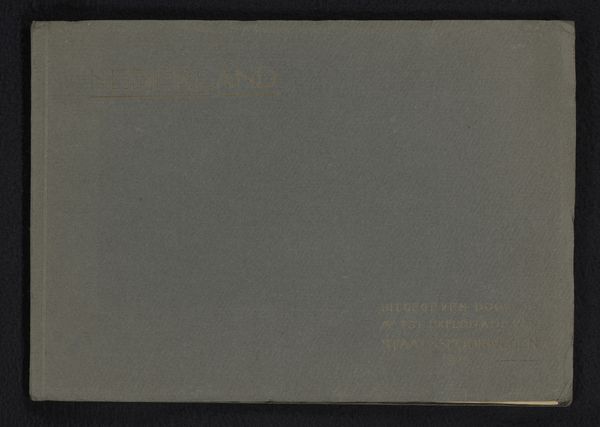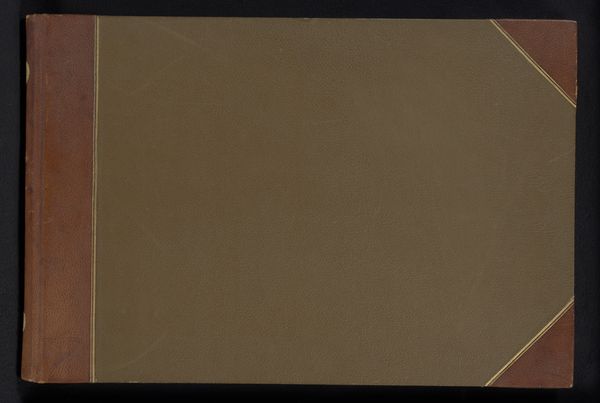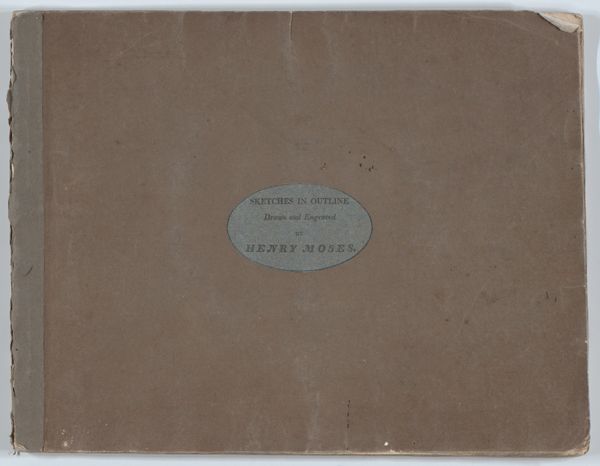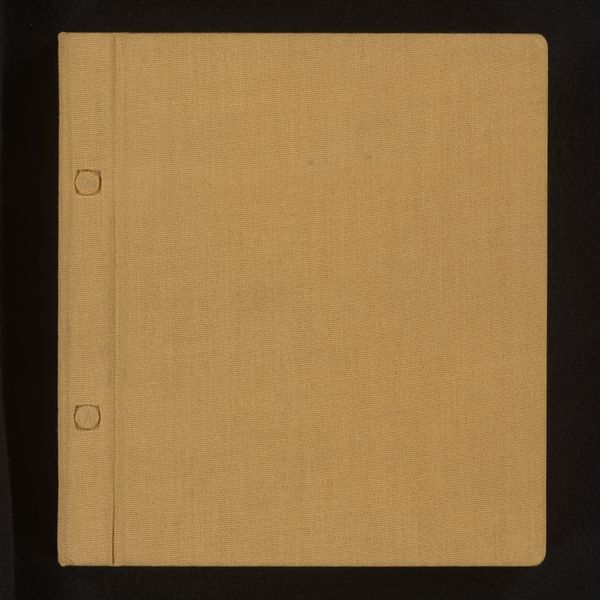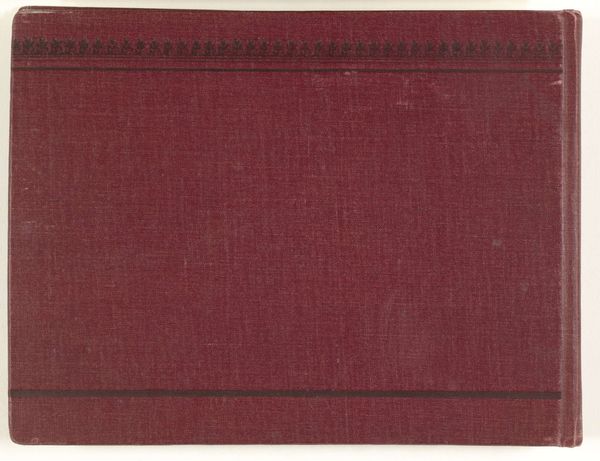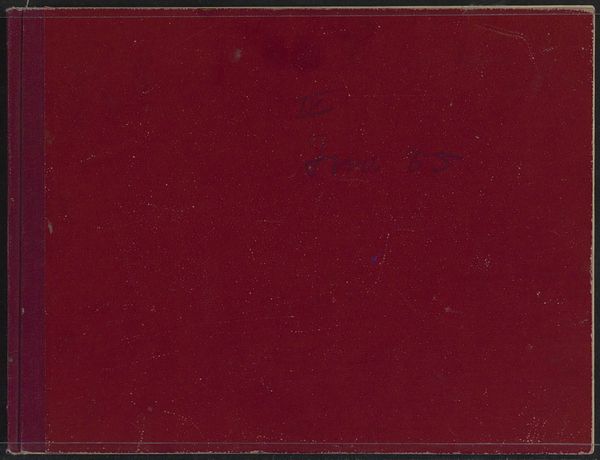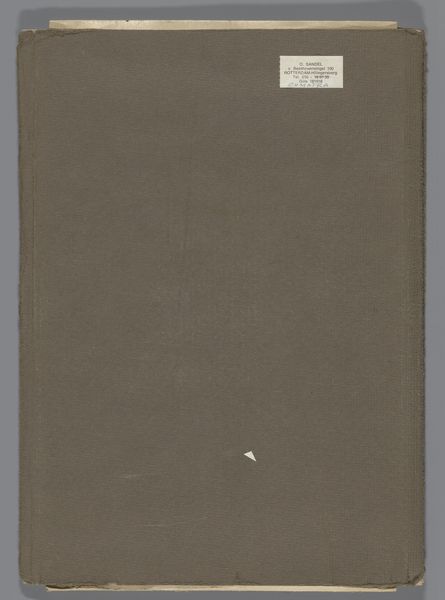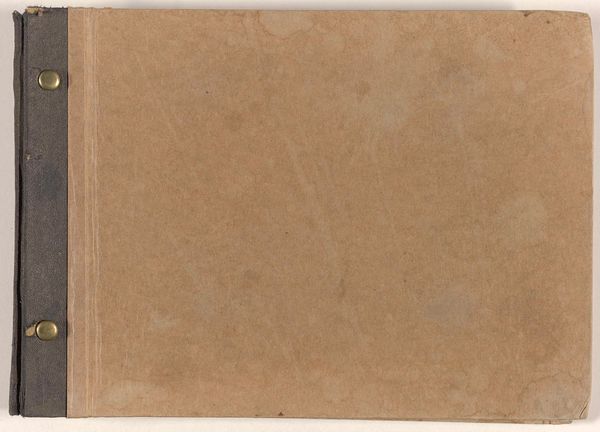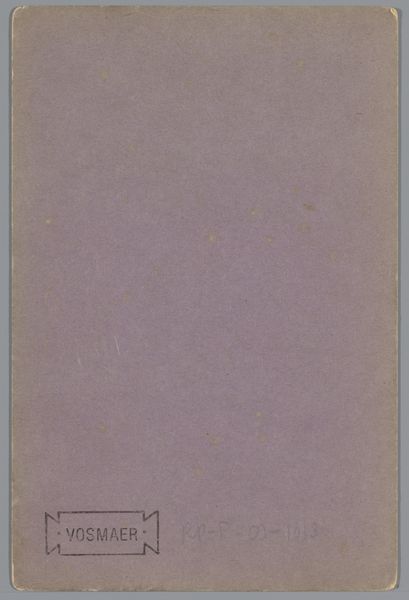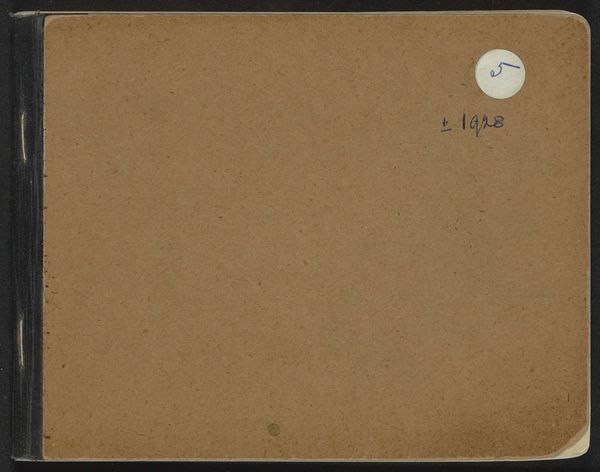
R.T.C. Een fotografisch overzicht van de Ronde Tafel Conferentie samengesteld door de Regeringsvoorlichtingsdienst 's-Gravenhage 1949 1949
0:00
0:00
print, photography, embossing
# print
#
photography
#
embossing
#
embossed
Dimensions: height 300 mm, width 420 mm, thickness 25 mm
Copyright: Rijks Museum: Open Domain
Editor: We're looking at "R.T.C. Een fotografisch overzicht van de Ronde Tafel Conferentie samengesteld door de Regeringsvoorlichtingsdienst 's-Gravenhage 1949," created in 1949 by the Government Information Service. It appears to be a print incorporating photography and embossing. It's... surprisingly understated for something created by a government entity, almost bureaucratic in its simplicity. What jumps out at you when you consider the historical context? Curator: It’s essential to remember that the 'Round Table Conference' addressed the future of Indonesia after World War II and Dutch colonial rule. So, this "understated" presentation is deeply significant. Editor: How so? Curator: Well, the Dutch government, through the Regeringsvoorlichtingsdienst, is carefully constructing a narrative around decolonization. The embossing technique, subtle and refined, presents an image of order, control, and a 'civilized' transition. Think of it as a form of soft power – a way to manage international perception while internal power dynamics are drastically shifting. It makes you wonder what these photographs inside this collection portray, and how that ties to this intent, doesn't it? Editor: It does! The cover, this single image, becomes part of the story itself, shaping how we are meant to perceive those historical events. I hadn't considered it from that angle. It seemed…boring at first. Curator: Exactly! The apparent "bureaucratic simplicity" is deceptive. It invites us to question what's deliberately omitted or highlighted. Remember, official imagery often performs a crucial function of social and political stage-setting. Editor: I see it now, like a carefully constructed PR package. Thanks!
Comments
No comments
Be the first to comment and join the conversation on the ultimate creative platform.
